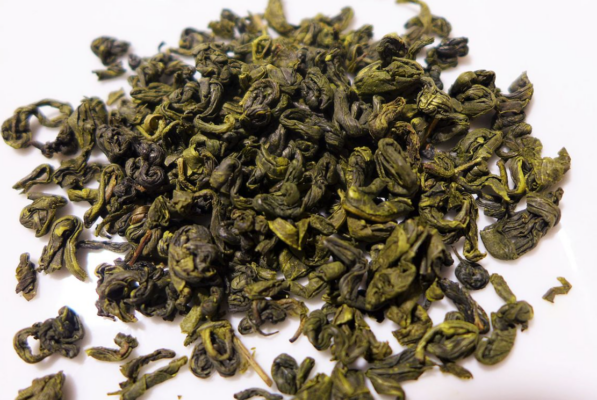India is famous for its excellent tea producing regions, where the likes of Assam, Darjeeling and Nilgiri tea, are grown for tea enjoyers all over the world. However, there is another region, equally exquisite in its quality of tea, whose legacy was shrouded by a natural disaster from which it was never able to recover, and that is Kangra tea.
The Camellia Sinensis plant first arrived in the Kangra district in Himachal Pradesh when in 1849 Dr. William Jamison, the superintendent of the Botanical Tea Gardens, conducted a survey into suitable tea growing regions and discovered that the mild climate of the Kangra Valley provided excellent conditions for the cultivation of Chinese hybrid tea plants. Surrounded by the Dhauladhar mountain range, the tea fields are protected from harsh monsoons, the soil is rich in minerals, and growing between 2,000 and 5,000 feet in altitude, the tea plants grow slower, allowing them to develop complex flavor profiles. Not long after tea plantations started to crop up in the Kangra region, the tea began to compete with, and even surpass other prestigious tea regions for quality, esteem, and export.

Sadly, disaster struck in the Kangra valley in 1905 when a devastating earthquake killed thousands of people and destroyed many tea factories and plantations. In the aftermath, the British sold their plantations and relocated out of the Kangra region. Tea cultivation was reduced, also in part due to rising production costs and disappointing returns, and the new tea growers were less experienced so a drop in quality was inevitable. As a result, although never completely crumbling, Kangra tea production never managed to recapture its former glory as regions like Assam and Darjeeling continued to flourish.
Even so, both green and black tea are still produced in the Kangra region, and they have distinct flavor profiles that are owed to the unique geological conditions in the region. Kangra tea is produced in the orthodox method and is known for its unique color, and woody aroma, while the black variety has a sweet after taste. In addition, the green variety boasts a vast number of health benefits, including stress reduction, lowering blood pressure and cholesterol, and has even been linked to preventing cancer and slowing the aging process.
With tea production declining even further in more recent years, the state government made and continues to make attempts to restore the Kangra tea production industry. One such initiative was trying to promote tea-tourism to the region, and another was awarding Kangra tea its Geographical Indication tag in 2005, recognizing its unique flavor and aroma. Although these initiatives have not proved particularly successful and local markets feel indifferent, there does seem to be rising interest from the global tea market.



